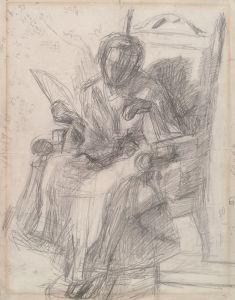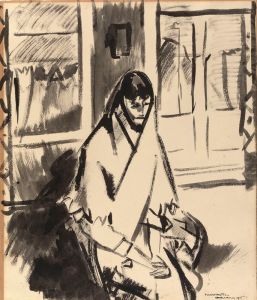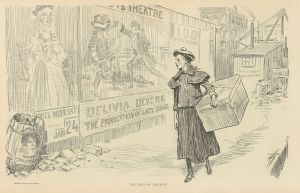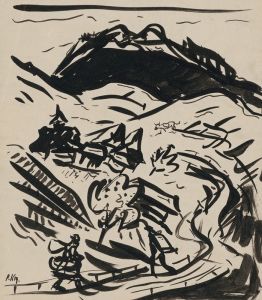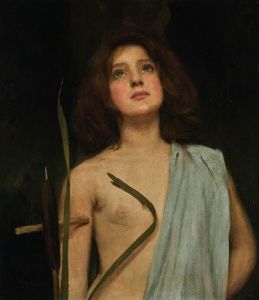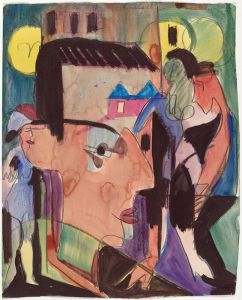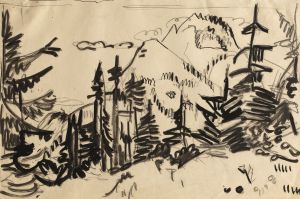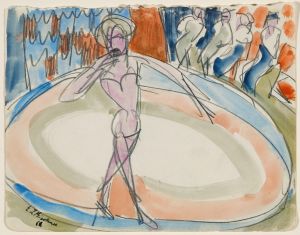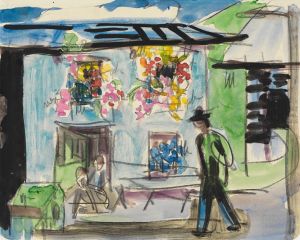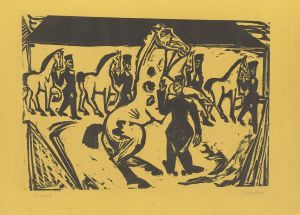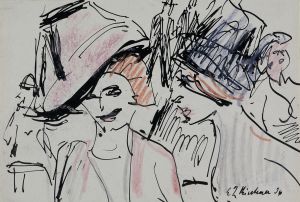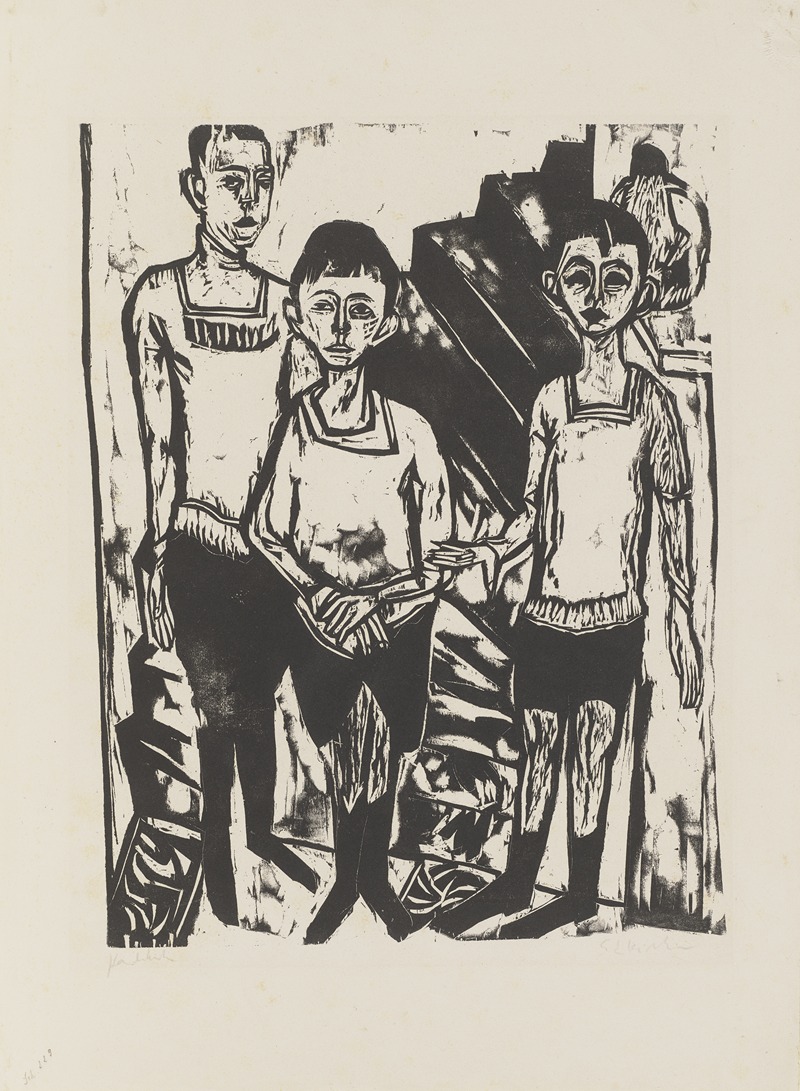
Drei Knaben
A hand-painted replica of Ernst Ludwig Kirchner’s masterpiece Drei Knaben, meticulously crafted by professional artists to capture the true essence of the original. Each piece is created with museum-quality canvas and rare mineral pigments, carefully painted by experienced artists with delicate brushstrokes and rich, layered colors to perfectly recreate the texture of the original artwork. Unlike machine-printed reproductions, this hand-painted version brings the painting to life, infused with the artist’s emotions and skill in every stroke. Whether for personal collection or home decoration, it instantly elevates the artistic atmosphere of any space.
Ernst Ludwig Kirchner's painting Drei Knaben (Three Boys) is a work by the German Expressionist artist, who was a founding member of the influential art movement Die Brücke (The Bridge). Kirchner, born in 1880 in Aschaffenburg, Germany, was a central figure in early 20th-century modern art, known for his bold use of color, dynamic compositions, and exploration of human emotion and form.
The painting Drei Knaben depicts three boys, rendered in Kirchner's characteristic Expressionist style. The figures are stylized, with elongated forms and exaggerated features, reflecting the artist's interest in capturing emotional intensity rather than realistic detail. The use of vivid, non-naturalistic colors and strong, angular lines is typical of Kirchner's work during this period, emphasizing the psychological and emotional aspects of the scene.
Kirchner's art often explored themes of modern life, human relationships, and the tension between civilization and nature. While specific details about the context or inspiration for Drei Knaben are not widely documented, the painting aligns with his broader body of work, which frequently featured figures in natural or urban settings. His works often sought to convey a sense of immediacy and raw emotion, rejecting the academic traditions of the 19th century in favor of a more personal and expressive approach.
Die Brücke, the group Kirchner co-founded in 1905, played a significant role in shaping the direction of modern art in Germany. The group sought to create a "bridge" between traditional academic art and the new, more experimental forms of expression emerging in the early 20th century. Kirchner and his contemporaries were influenced by a variety of sources, including non-Western art, Post-Impressionism, and the Fauvist movement in France. These influences are evident in the bold, expressive qualities of Drei Knaben.
Kirchner's career was marked by both critical acclaim and personal struggles. After serving in World War I, he suffered from physical and mental health issues, which were exacerbated by the political climate in Germany during the rise of the Nazi regime. His work was labeled "degenerate art" by the Nazis, and many of his pieces were removed from museums or destroyed. Despite these challenges, Kirchner's legacy as a pioneer of Expressionism remains significant, and his works are celebrated for their innovative approach to form, color, and emotion.
Today, Drei Knaben is recognized as an example of Kirchner's contribution to modern art, though specific details about its provenance, current location, or creation date are not widely available. The painting reflects the core principles of Expressionism, emphasizing emotional resonance and artistic freedom over traditional representation.





